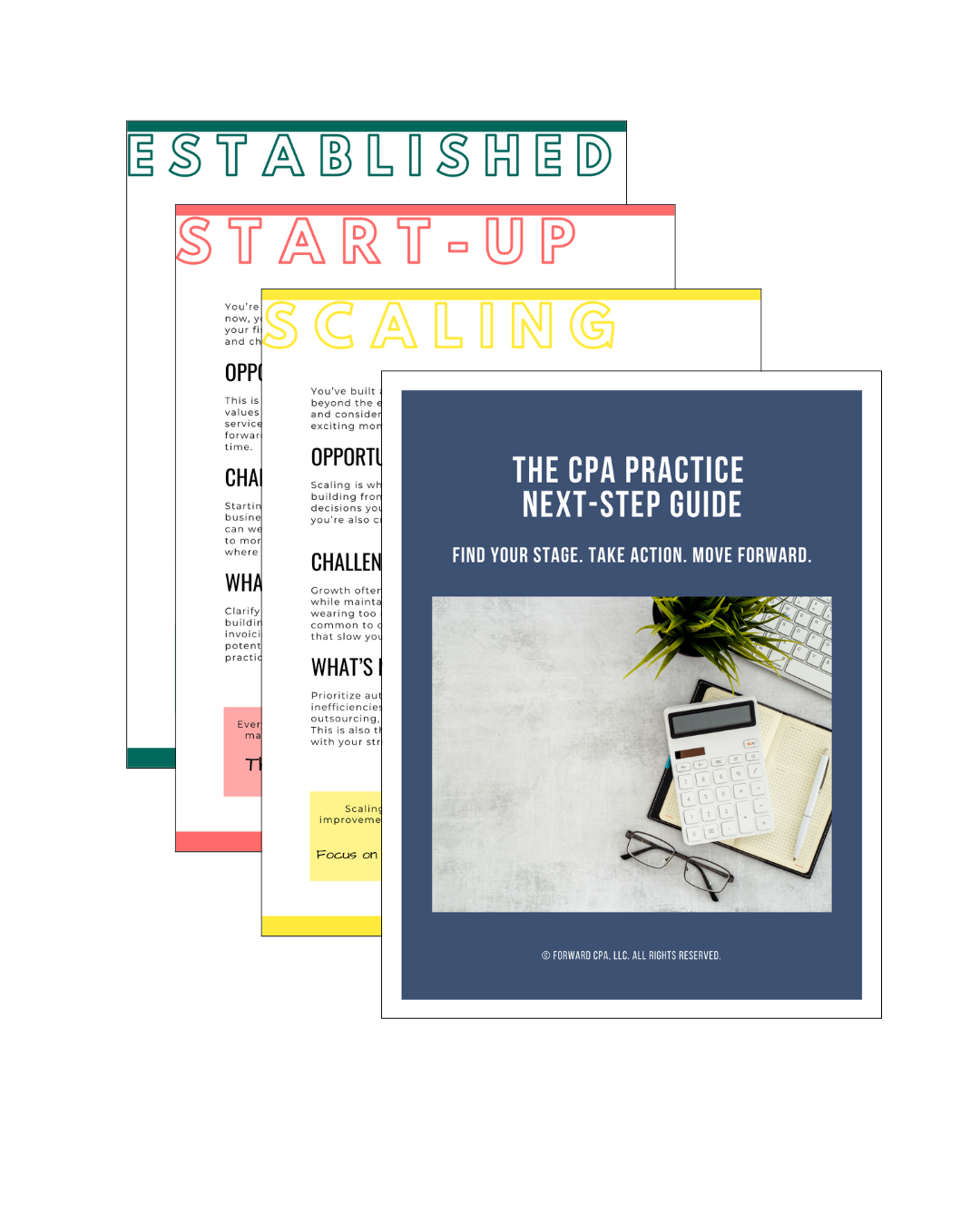How to Create an Internal Audit File Without a Formal System
Oct 15, 2025
Not every government entity has fancy software, a formal finance team, or a centralized accounting system.
But every government entity—no matter the size—needs to go through an audit.
And when your team is small, your tools are basic, and your records live across a mix of spreadsheets, emails, and filing cabinets…
Audit season can feel overwhelming.
The good news? You don’t need an expensive platform or full ERP to be audit-ready.
You just need a clear, repeatable structure for organizing your records.
Here’s how to build a simple, effective internal audit file that keeps you (and your auditor) organized—even without a formal system.
What Is an “Internal Audit File”?
Your internal audit file is the set of documents and schedules you maintain throughout the year to support your financial statements, help answer auditor questions, and track key balances.
It's your home base during fieldwork.
And when built well, it:
-
Speeds up the audit
-
Reduces back-and-forth questions
-
Prevents scrambling for missing documents
-
Helps train new staff and preserve knowledge during turnover
Step 1: Create a Simple Folder Structure
Start with your computer’s file system or cloud storage—Google Drive, SharePoint, OneDrive, or even a shared network folder.
Use a structure that mirrors common audit sections so both you and your auditor can find what’s needed.
📁 Sample Folder Structure:
-
01 – Trial Balance & General Ledger
-
02 – Cash & Investments
-
03 – Revenues
-
04 – Expenditures & Payables
-
05 – Payroll
-
06 – Capital Assets
-
07 – Long-Term Debt
-
08 – Grants & Federal Programs
-
09 – Journal Entries
-
10 – Board Minutes & Policies
-
11 – Final Audit Report & Adjustments
Create a clean folder template you can reuse each year.
Step 2: Save Documents in Real Time
You don’t need to gather all the documents at once.
Instead, build the file gradually—by saving audit support each month.
✅ Examples:
-
Monthly bank statements and reconciliations
-
Capital asset purchase invoices
-
Payroll reports and benefit summaries
-
Grant drawdown documentation
-
Board meeting minutes
-
Copies of journal entries and approvals
Save each file with clear names and dates so nothing gets lost in the shuffle.
Step 3: Keep an Audit Notes Document
Not everything the auditor needs lives in a spreadsheet.
Create a simple document—Word, Google Docs, or Excel—that tracks:
-
Policy changes
-
Unusual or one-time transactions
-
Major variances from prior years
-
Any journal entries made during year-end
-
Explanations of grant or fund usage
Think of it as a running Q&A to help your auditor understand what happened and why.
Step 4: Create a Basic Checklist
A checklist is your roadmap to making sure nothing gets missed.
Use it to track what’s complete, in progress, or still needed for each section.
📋 Sample Columns:
-
Audit Area (e.g., Payroll)
-
Required Docs
-
Responsible Person
-
Status (Not Started / In Progress / Complete)
-
File Location
Keep it updated throughout the audit prep process so everyone knows where things stand.
Step 5: Standardize Naming Conventions
Clear file names make it easy for you (and your auditor) to find what you’re looking for.
✅ Use naming like:
-
FY24_Bank_Reconciliation_June -
FY24_CapitalAsset_Additions -
FY24_Payroll_TaxSummary_Q4 -
FY24_Grant_Drawdown_Title1_August
Avoid cryptic names like “finalfinalv2.xlsx” or “misc receipts.”
Step 6: Save the Final Audit & Adjustments
When the audit is done, don’t just file away the report and move on.
Save:
-
The final financial statements
-
Auditor-provided adjusting journal entries
-
Management letter or findings
-
Your responses or corrective actions
These files help you improve next year—and make the next audit smoother.
Simplicity Can Still Be Strategic
You don’t need expensive tools to build a great internal audit file.
You just need:
✅ Structure
✅ Consistency
✅ A little time each month
When you organize your records before the audit begins, you reduce stress, speed up fieldwork, and show your auditor that your team is prepared—even without a formal system.
Start simple. Stay consistent.
And make each year easier than the last.
Your Next Step Forward
Join the newsletter designed to help CPAs take the next best step in building a practice they love, with practical insights, game-changing tools, and quick wins in every email.
We hate SPAM. We will never sell your information, for any reason.




